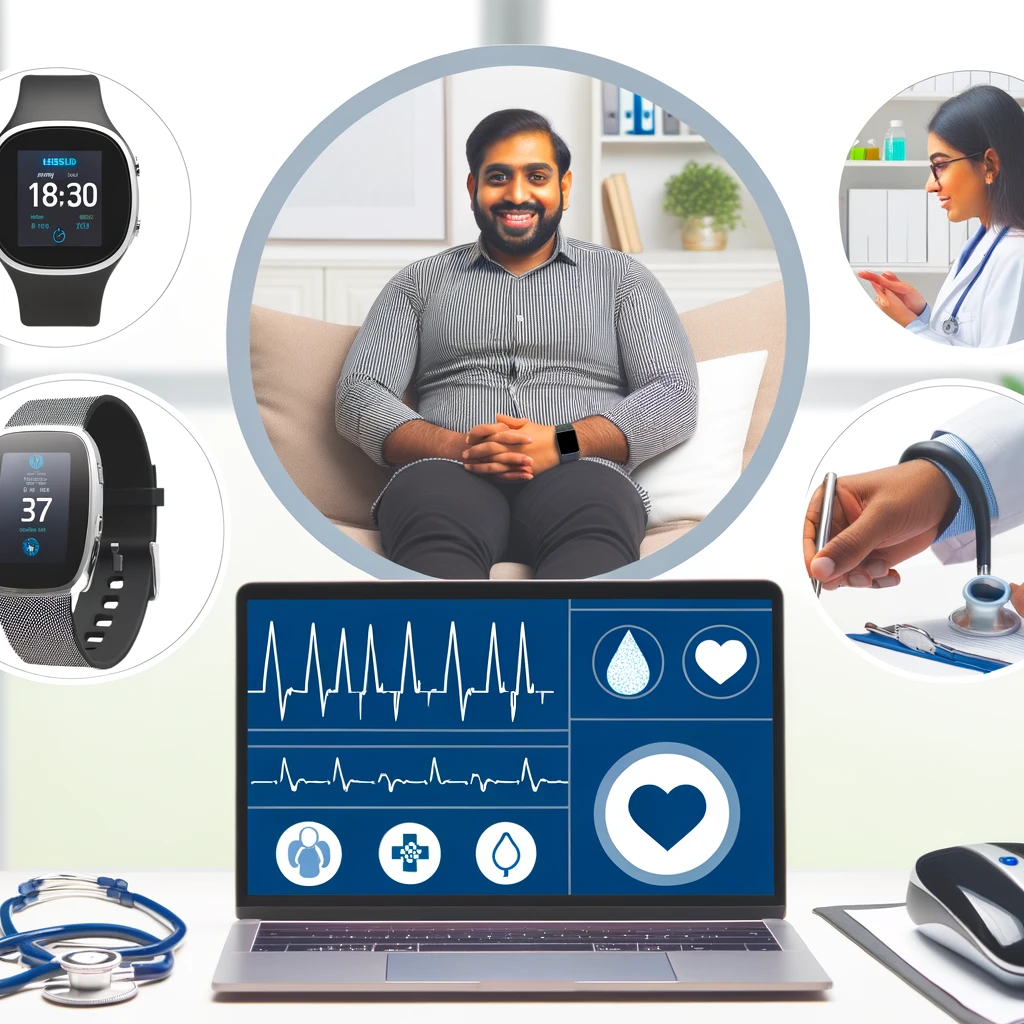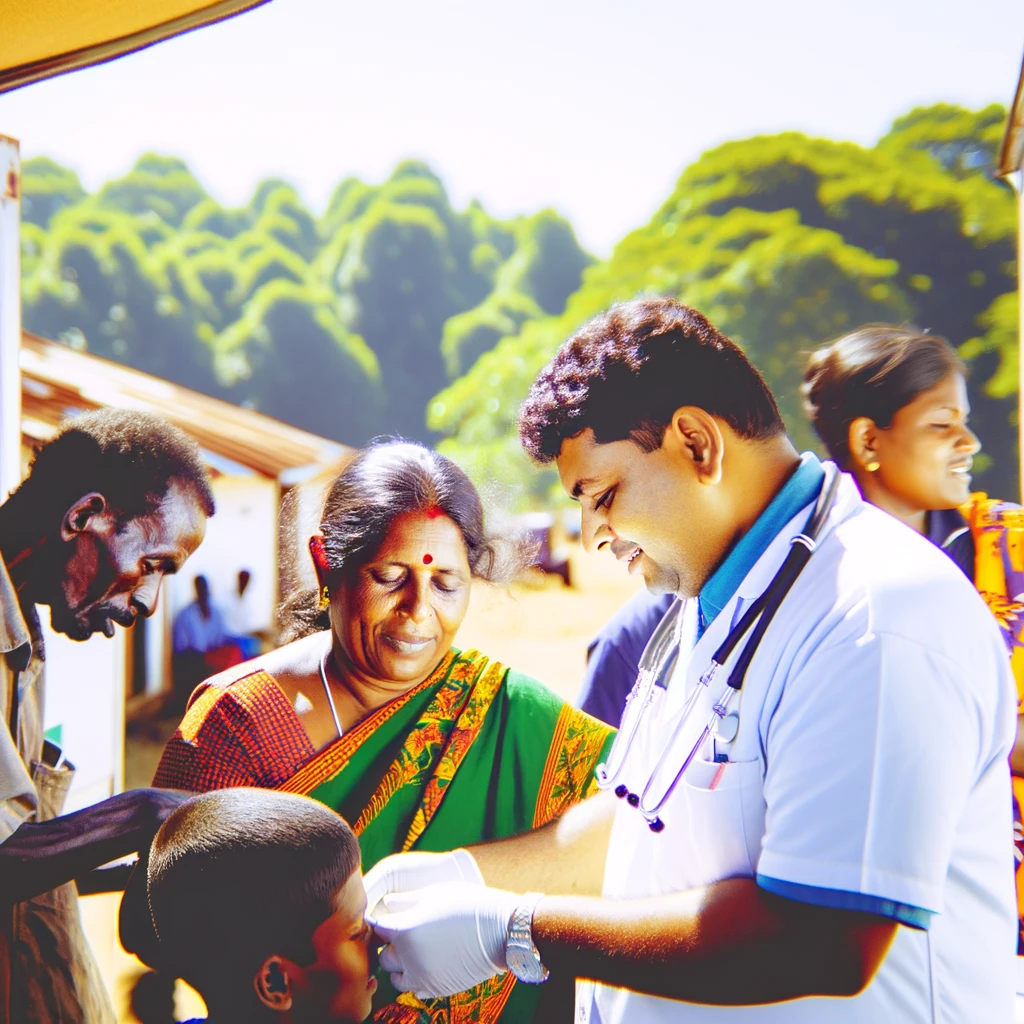
From Waiting Rooms to Virtual Consults: The Evolution of Patient Experience
The healthcare industry has witnessed a remarkable transformation over the past few decades, with technological advancements playing a pivotal role in reshaping the patient experience. From the days of crowded waiting rooms to the advent of virtual consultations, the journey has been nothing short of revolutionary. This article delves into the evolution of patient experience, examining the factors driving these changes and the implications for the future of healthcare.
The Traditional Patient Experience
Historically, patient care was synonymous with physical visits to healthcare facilities. Patients often endured long waits in overcrowded waiting rooms, which were not only inconvenient but also stressful. The traditional model required patients to schedule appointments well in advance, often leading to delays in receiving timely medical attention. Despite the challenges, this model served as the backbone of healthcare delivery for many generations.
Challenges of Traditional Healthcare
- Time-consuming: Patients had to allocate significant time for travel and waiting.
- Accessibility: Limited access to specialists in rural or underserved areas.
- Stressful environment: Anxiety associated with hospital visits and long waits.
The Rise of Digital Health
With the rise of digital health technologies, the landscape of patient care began to shift. The integration of electronic health records (EHRs), telemedicine, and mobile health applications paved the way for a more streamlined and efficient patient experience. These technologies have not only improved access to healthcare services but have also enhanced the quality of care provided.
Telemedicine: Bridging the Gap
Telemedicine has emerged as a game-changer in the healthcare industry. By facilitating remote consultations, telemedicine has eliminated geographical barriers, allowing patients to access care from the comfort of their homes. This approach has proven particularly beneficial for individuals with limited mobility, those living in remote areas, and patients requiring specialist care.
Virtual Consultations: The New Norm
The global COVID-19 pandemic accelerated the adoption of virtual consultations, as healthcare providers sought to minimize in-person interactions to curb the spread of the virus. Virtual consults have become the new norm, offering a convenient and efficient alternative to traditional visits. Patients can now connect with their healthcare providers through video calls, ensuring continuity of care without the need for physical presence.
Benefits of Virtual Consults
- Convenience: Patients can schedule appointments at their convenience without the need for travel.
- Cost-effective: Reduces travel expenses and time off work.
- Increased patient engagement: Encourages proactive participation in health management.
The Future of Patient Experience
As technology continues to evolve, the future of patient experience looks promising. Innovations such as artificial intelligence, wearable health devices, and personalized medicine are set to further enhance patient care. Healthcare providers are increasingly focusing on patient-centered care, emphasizing the importance of personalized experiences that cater to individual needs.
Embracing Change
For healthcare providers, embracing these changes is crucial to staying relevant in an increasingly digital world. By adopting a patient-centric approach and leveraging technology, providers can improve patient satisfaction and outcomes. The key lies in striking a balance between traditional and digital methods, ensuring that all patients receive the best possible care.
In conclusion, the evolution from waiting rooms to virtual consults marks a significant milestone in the healthcare industry. As we continue to navigate this new era of patient experience, the focus remains on delivering accessible, efficient, and high-quality care for all.
Related Articles





